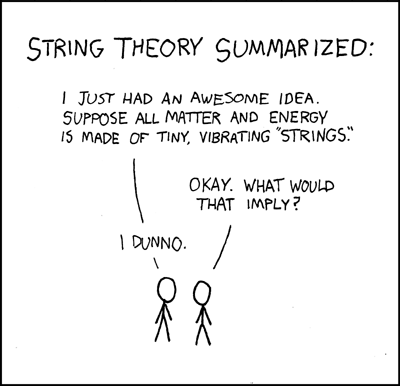

Example four has the three strings tuned to the same 440 hertz frequency. For instance, three adjacent piano keys (such as C, C, and D) struck simultaneously produce. For the lowest strings B is near 10 4 for a large grand piano but can reach 10 3 for an upright piano 6. The inharmonicity of the tre-ble strings, in addition to their metallic tone, involves widening the octaves very signicantly in the treble 14. Prototypical tone clusters are based on the chromatic scale and are separated by semitones. strings of the middle of the instrument but in the order of 10 2 for the highest notes 6.

A tone cluster is a musical chord comprising at least three adjacent tones in a scale. 2The wave equation for the string with stiness It is well known 14, 16 that the motion of a vibrating string (for instance, a violin string) can. gathers some basic concepts of acoustics and music theory. With one of the strings tuned to A at 440 hertz, example one has the other two strings tuned 1.5 cents higher and lower, example two has them each at an interval of 1.0 cents, and the third example has them each differing by 0.5 cents. The last two bars, played with overlapping hands, are a denser cluster. The wave equation for sti strings and piano tuning Xavier Gr acia1 and Tom as Sanz-Perela2 Departament de Matem atiques. Let's compare the sound when variation in the vibrations of the strings have been deliberately introduced. Piano strings can hold up to 150 pounds of tension, so when a piano string breaks, you are playing with too much force. However, if you’re trying to tune your piano yourself and have the skills to do so as a non-professional, it might take anywhere from two to three hours. Larger pianos might take more time, but smaller pianos still take around 1.5 hours.
#PIANO STRINGS THEORY FULL#
The three strings for middle pitch and high pitch notes are not only intended to increase the volume during play, but also enrich the quality of the sound.Įven though the three strings that correspond to the same note are hit by one hammer, the point at which the hammer makes contact and the positions of supports vary between the strings, so the three strings do not oscillate in exactly the same way, bringing life to the reverberation of the strings after they have been hit and a rich, full quality to the sound. Most qualified piano technicians only take around an hour and a half to tune a piano. Stiff-string theory: Richard Feynman on piano tuning.


 0 kommentar(er)
0 kommentar(er)
